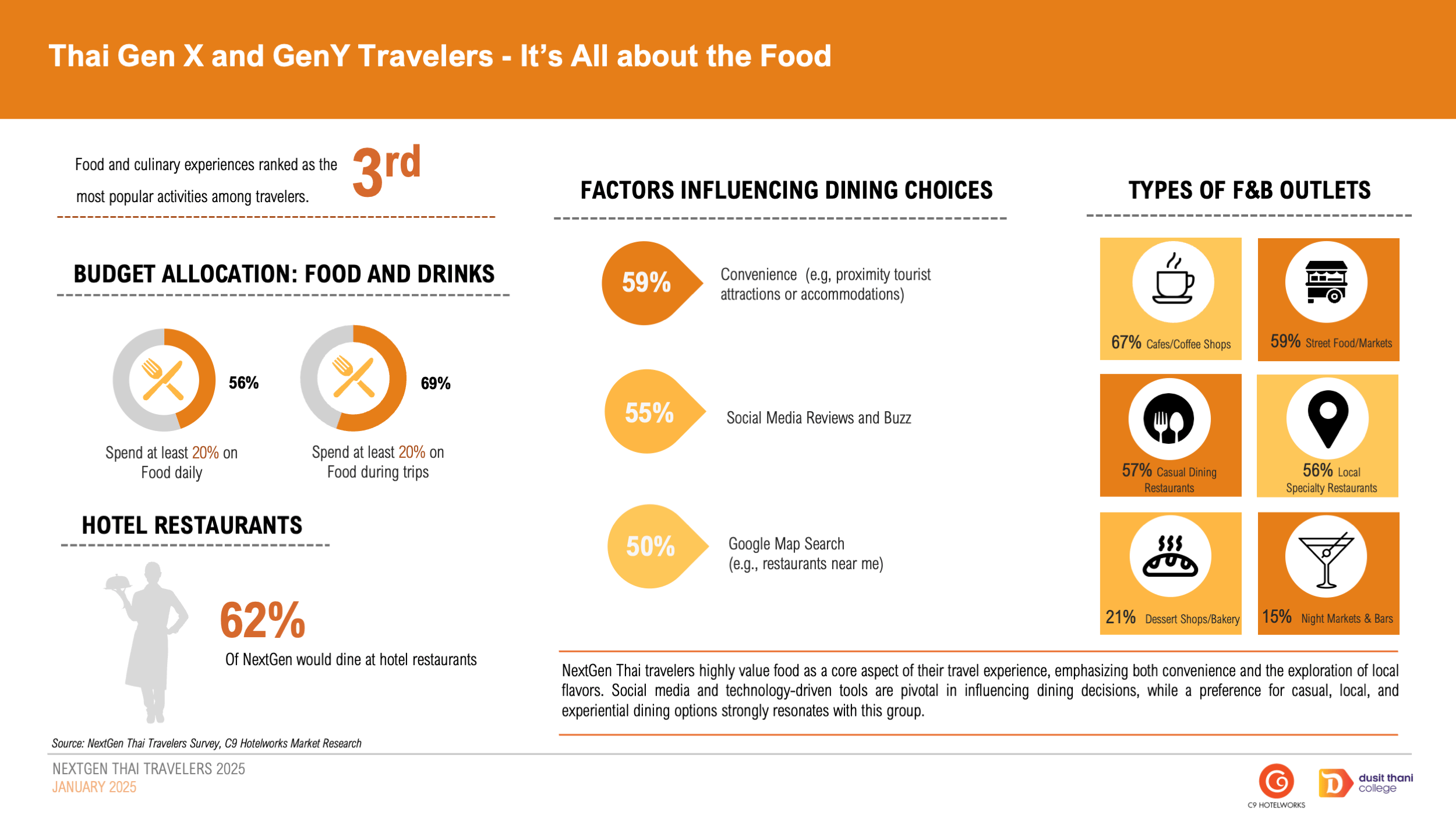Hitting Back at Bigfoot
The increasingly large footprint the Greater Phuket tourism industry has left on the local environment has reached the point where it could now quite aptly be called "Bigfoot". Walking tall and carrying a big stick, the hulking specter is characterized by the creaking sounds of new building sites, highways and other concrete structures sprouting up everywhere on the island.
Traffic jams, electricity over-loads and water shortages are constant plot devices in this episodic reality show.
The factory-like roll out of new "same-same" hotels is increasing tourism accommodation as fast as lightning. Confused travelers waking up in a disoriented state could easily open their eyes in their hotel room only to ask themselves: "If it's Tuesday this be Belgium, but Wednesday it's Phuket?"
Like a carnival funhouse full of mirrors, a series of distorted reflections leaves the viewer just enough cues to recognize some familiar features in this kaleidoscopically changing landscape.
Phuket needs to ask itself: Does the island give what it thinks the market wants, or have we switched on our iPods, cranked up the volume and simply refused to listen?
The word "alternative" creeps to mind, but without conjuring up visions of kaftans, Birkenstock wearing wanderers, vegans and New Age do-gooders.
When talking about sustainable tourism – or shall we call it "Littlefoot"? – more often than not the buzzwords "eco" and "green" spew forth, conjuring up Spartan images of having to sleep on bamboo floors with no hope of a double espresso or ESPN.
With all this as a backdrop, a few years ago Pizza Company magnate, Bill Heinecke, and his Minor International Group took a brave step in laterally developing the Four Seasons Tented Camp in the Golden Triangle.
Designed by Bill Bensley, the same landscape architect who de-signed the grounds of the Indigo Pearl, the 15 luxury tents are built on raised wooden platforms that offer an integration of the resort with the surrounding countryside.
Guests enjoy activities such as elephant trekking and visiting the nearby hill tribes. When you wake you can smell, breathe and feel where you are – not just stare at another four-walled monotony with the broken spirit of a prison convict.
Destination DNA (differentiators, nuances and attributes) seems to be becoming an endangered species in Phuket. Just the other day I was transfixed to my computer screen while going through an old collection of PDFs extolling the virtues of some luxury pool villa projects.
Despite actually having visited all of the properties at some point or another, my senses were nevertheless numbed by endless images of infinity pools, carved Buddha heads and picturesque salas spilling out towards an endless horizon. With so little to differentiate themselves from the competition, far too many of the projects that make up this increasingly uniform landscape suffer a great deal from identity confusion.
But hope springs eternal with a walk through the Koh Yao Island Resort. A tented safari lodge has been thrown into the mix of this unique addition to the Phang Nga Bay resort roster, one which combines beachfront luxury with minimal impact on the environment.
Local hotelier Bas van Straten, who worked on the project, pointed me towards the company Exclusive Tents in Vail, Colorado. The group has developed eco-lodges, island dwellings, tree houses and other alternative accommodation around the world.
Here in Phuket there are already a number of quality suppliers offering shaded fabric tensioned structures for use around pools and attached to villas. Australia's Longitude 131 degree retreat at Ayers Rock has adapted these into luxury accommodations with low-impact on the environment.
For those who have traveled the globe, tented camps in environmentally-sensitive areas are nothing new in parts of Africa and South America. Even India is in on the act, fronting world-class accommodation such as Oberoi's Rajvilas in Jaipur.
In his book New Tent Architecture, author Philip Drew traces the origins of tent culture from nomadic tribes up to the present clay.
Themes include ways of using new materials and architecture to create smaller building footprints. Meanwhile, with the intensity of a cement truck driver on the by-pass road, Phuket continues with single-minded intent in its efforts to cover the island with mountains of cement, kilometers of sand-washed sidewalks and oceans of infinity pools.
The island's current journey, born out of a black hole of DNA loss, could be likened to the voyages of the Flying Dutchman.
Greater Phuket's tourism mainstays are the idyllic islands in the bay, long strands of sandy, white beaches in Phang Nga, the rainforests of Koh Sok in Surat Thani and stunning karsts of Krabi. Given this, the potential for alternative accommodation screams out like a foghorn through a shroud darkness in the book New Tent Architecture.
I can almost hear the sounds of Littlefeet somewhere out there as I write this. Hopefully, they aren't too far away.


